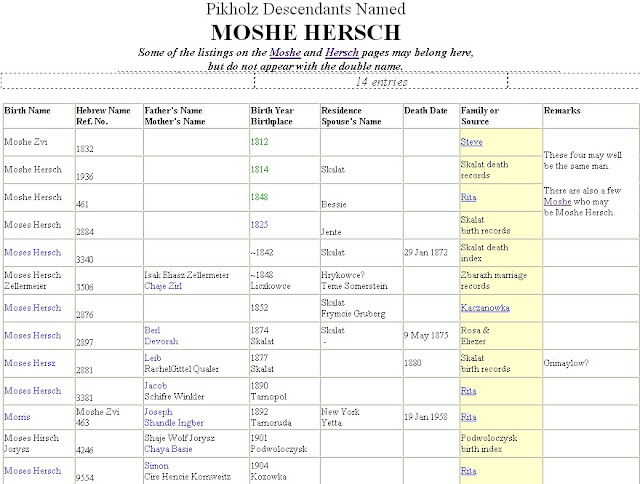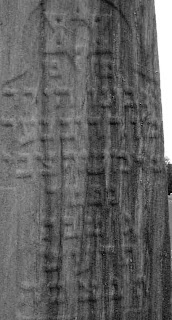It was not exactly that - and I am not talking about Jew vs. non-Jew.
The Labour Zionist yishuv was a rough-and-tumble place and the new Jewish establishment was the roughest. They knew what they wanted and how to manipulate, co-opt or destroy those who stood in their way. They knew how to reward those who did things their way and how to make life difficult for those who dared to think differently.
I have alluded to this before in this blog, but this week I want to bring a specific example straight from the heart of the establishment of those days.
Chaya Pickholz was a well-known high school English teacher in Tel Aviv. She hobnobbed with the likes of the poet Haim Nachman Bialik and taught English to people who would go on to positions of leadership. I have heard it said, for instance, that Zalman Shoval - formerly the ambassador to the US - called her a great influence on him, a tough and effective teacher.
Chaya was born in Rozdol on 20 September 1902, the tenth child of David Samuel Pickholz and Pesa Roza Lucaczer, who died in childbirth. Three of the ten died in childhood. The family of the eldest brother went to Buenos Aires and one sister came here, but the others were lost in the Holocaust.
David Samuel married again and had three more children. One of those went to New York and the others were killed in Stryj. (The second wife was from Stryj and they lived there.)
Chaya came to Palestine in the 1920s, but went to England for a time, which is apparently where she became proficient in English. In 1927, she was back in Stryj.making arrangements to return here.
 |
| The file also contains a typed version. |
Quite a few years ago, when someone mistakenly let me look at actual files at the Central Zionist Archives, I found one featuring this letter of 21 April 1927, written by a representative of the Labour Zionist Party in Stryj, and sent to the Aliyah Department in Jerusalem.
The young woman Chaya Pickholz from here, who returned after a year in Eretz Israel, is now attempting to return. As she has been telling libelous stories and lies about the Yishuv [the Jewish community in Palestine] in general and its leadership in particular, and has been spreading anti-Zionist propaganda, we therefore think it necessary not to allow her aliyah and not to issue any permission or positive recommendation.
With the blessings of Zion and Labour,
In other words, (horrors!) she was not following the prevalent socialist line. A veritable Revisionist! Perhaps even a follower of Jabotinsky!
There is nothing further in the file, but we know she did return. Perhaps someone she met when she was here earlier vouched for her. Chaya Pickholz received citizenship from the Mandatory Government about 1934 or 1935. (There is an index reference, but the actual citizenship file is lost.) Citizenship required her being here at least five years previous.
Chaya Pickholz lived in Tel Aviv until her death in August 1984, just shy of her eighty-second birthday, on 26 Av which falls this Friday. She never married. She is buried in Kiryat Shaul Cemetery in Tel Aviv.
 |
| Noble of spirit, educator, poet |
Housekeeping issues:
The IAJGS 33rd International Conference on Jewish Genealogy which takes place next week in Boston will be live-streaming some of their meetings and lectures. (Mine is not one of them.)
See details at www.live.iajgs2013.org.
I am supposed to be participating in a Q&A panel on archives, which it turns out is being live-streamed. However I do not feel comfortable being broadcast saying things I have not prepared in advance,













